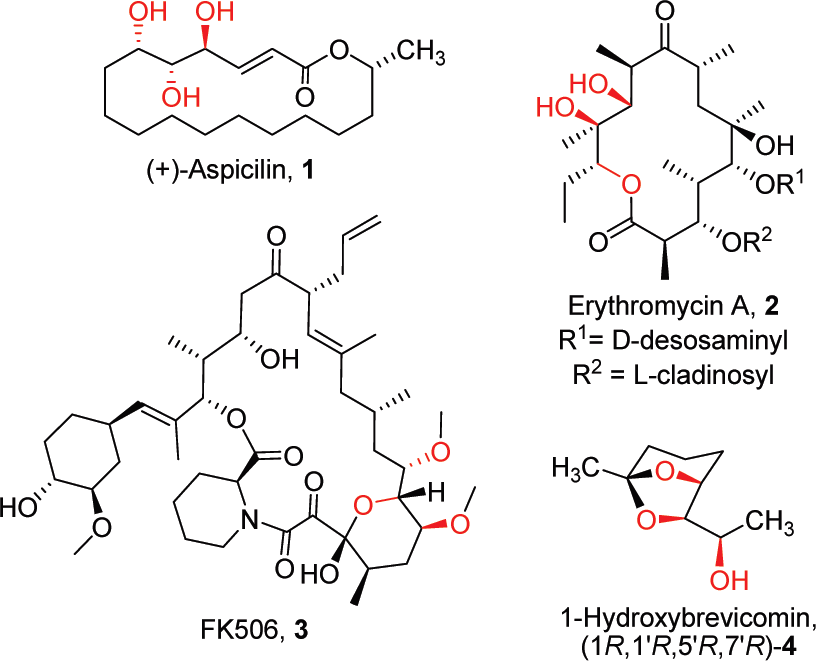Tacrolimus
CAS number: 104987-11-3
Tacrolimus (also FK-506 or Fujimycin) is an immunosuppressive drug whose main use is after organ transplant to reduce the activity of the patient's immune system and so the risk of organ rejection. It is also used in a topical preparation in the treatment of severe atopic dermatitis, severe refractory uveitis after bone marrow transplants, and the skin condition vitiligo.
Related images
Related Questions and Answers
A: Tacrolimus, when used as an adjuvant to prednisolone, significantly reduced the time to rejection reversal and the recurrence rate of rejection episodes. This suggests that tacrolimus can enhance the speed and durability of rejection management in PKP patients.
A: Tacrolimus 0.03% ointment was found to be more effective than dexamethasone 0.05% in improving SEI scores, visual acuity, and symptom scores. It also did not cause IOP elevation, which is a common side effect of corticosteroids.
A: Tacrolimus demonstrated superior efficacy in reducing corneal staining compared to methylprednisolone. Additionally, tacrolimus did not significantly increase intraocular pressure (IOP), unlike corticosteroids, making it a safer option for long-term use in managing GVHD-related dry eye.
A: Tacrolimus 0.03% eye drops were found to be as effective as cyclosporine 0.05% in improving symptoms and signs of dry eye secondary to Sjogren syndrome. A study showed significant improvements in ocular surface stability and reduced reliance on artificial tears, with no significant differences between the two treatments.
A: The most common side effect noted in studies is a burning sensation upon application, which was reported in 7 out of 10 studies. Other side effects include stinging and pain, but these were generally mild and manageable. No severe or dangerous side effects were reported.
A: Tacrolimus has shown significant improvement in signs and symptoms of VKC in multiple studies. It was superior to sodium cromoglycate and equivalent to cyclosporine A in improving clinical outcomes. In one study, 0.03% tacrolimus was more effective than interferon-alpha 2b in reducing signs and symptoms of VKC.
A: Tacrolimus is effective in improving clinical signs and symptoms in most patients with ocular surface diseases. It has shown superior efficacy compared to control groups in some studies and equivalent efficacy in others. It is particularly useful in managing VKC, dry eye secondary to Sjogren syndrome, ocular graft-versus-host disease (GVHD), adenoviral corneal subepithelial infiltrates (SEIs), and acute endothelial graft rejection after penetrating keratoplasty (PKP).
